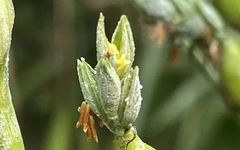Coix Seed (Yi Yi Ren): Also known as: Yi Mi, Yi Ren Mi, Gou Zi Mi. [Source] The dried mature seeds of the plant Coix lacryma-jobi L. var. ma-yuen (Roman.) Stapf, belonging to the family Poaceae.
[Morphological Characteristics] Annual or perennial herb. The stem is erect, 1 to 1.5 m tall, clumping, and branched, with supporting roots at the base nodes. The leaves are alternate, lanceolate, 10 to 40 cm long and 1.5 to 3 cm wide, with a gradually pointed tip and a broad heart-shaped base, sheathing the stem, with a thick and prominent midrib, smooth on both sides, and rough along the edges. In summer, it produces spike-like small flowers, with the inflorescence emerging from the upper leaf sheath in clusters of one to several; the female spikelets are located at the lower part of the inflorescence, enclosed in an oval, bony glume, which becomes bead-like, grayish-white or blue-purple, hard and smooth, with a pointed tip and a hole, capable of producing fertile spikelets. The first glume is membranous at the bottom and thick paper-like at the top, while the second glume is boat-shaped, enclosed within the first glume, with the second outer glume shorter than the first outer glume, and the inner and outer glumes are similar but smaller. There are three stamens, which are degenerated, and the pistil has a long style; the sterile spikelets degenerate into tubular glumes; the male spikelets are arranged in a shingle-like manner on each node of the spike axis, with the first glume flat and folded inward on both sides to form a ridge with uneven wings, and the second glume is boat-shaped, with both inner and outer glumes being membranous, and three stamens. The caryopsis is enclosed in a hard glume, oval or ovoid. The flowering period is from July to September, and the fruiting period is from September to October.
[Habitat and Distribution] Grows by rivers, streams, or in damp valleys, distributed in most parts of the country, generally cultivated for medicinal use.
[Medicinal Properties] The seeds are broad oval or elongated oval, 4 to 8 mm long and 3 to 6 mm wide. The surface is milky white, smooth, occasionally with remnants of yellow-brown seed coats, one end bluntly rounded, the other end wider and slightly concave, with a light brown dot-like hilum. The back is rounded and convex, and the ventral side has a wider and deeper longitudinal groove. The texture is solid, with a white powdery cross-section. The aroma is slight, and the taste is mildly sweet.
[Authenticity and Production Areas] The best quality is characterized by large, full grains, white color, and no breakage. Mainly produced in Fujian, Jiangsu, Hebei, and Liaoning provinces. Additionally, cultivated in Sichuan, Jiangxi, Hunan, Hubei, Guangdong, Guangxi, Guizhou, Yunnan, Shaanxi, and Zhejiang provinces.
[Collection and Processing] In the south, harvested in August to September, and in the north, from September to October. When the fruits turn brown and are mostly mature, the plants are cut on sunny days, stood upright for 3 to 4 days, threshed, dried, and the seed coats are removed and cleaned. The roots are harvested in autumn and dried.
[Chemical Composition] The seeds contain coix seed oil, crude protein, lipids, glucans, acidic polysaccharides Cᴀ-₁ and Cᴀ-₂, and coix polysaccharides A, B, and C. The volatile oil of the seeds contains hexanal, hexanoic acid, nonanoic acid, etc.
[Pharmacological Effects]
1. Antitumor Effect: Coix seed oil has an inhibitory effect on Ehrlich ascites carcinoma cells. Pathological sections show that the decoction of coix seeds also has an inhibitory effect on cancer cells. Coix seed oil has a good inhibition rate on transplanted S₁₈₀ sarcoma in mice; it also has a certain inhibitory effect on transplanted HAC liver cancer in mice; coix seed oil can significantly increase the phagocytic rate of mouse peritoneal macrophages on chicken red blood cells and has a significant enhancing effect on mouse NK cell activity.
2. Effect on Smooth Muscle: This product increases tension at low concentrations and decreases it at high concentrations in isolated rabbit intestinal segments, with a slight increase in amplitude. It can increase the tension and amplitude in the uterus of rabbits and guinea pigs.
3. Effect on Skeletal Muscle: Coix seed oil tested on in vivo and in vitro frog muscles has been shown to reduce muscle contraction and shorten its fatigue curve.
4. Coix seed oil and fatty acids with more than 12 carbon atoms reduce serum calcium and blood sugar levels.
5. It has antipyretic, sedative, and analgesic effects on mice.
6. Antioxidant Effect: Coix polysaccharides can significantly enhance the antioxidant capacity of mice, effectively alleviating CCl₄ liver toxicity, possibly related to increasing the activity of antioxidant enzymes and GSH concentration, counteracting lipid peroxidation reactions.
[Taste and Meridian Entry] Sweet, bland, slightly cold. Enters the spleen and stomach meridians.
[Functions and Indications] Strengthens the spleen, promotes diuresis, clears heat, and expels pus. Indicated for lung abscess, appendicitis, chronic enteritis, diarrhea, heavy limbs, excessive leukorrhea, gastric cancer, cervical cancer, and choriocarcinoma.
[Dosage] 10 to 30 g, or in pills, powders, or soaked in wine, can also be cooked as porridge or soup. For strengthening the spleen and benefiting the stomach, it is better to use it roasted; for promoting diuresis and clearing heat, expelling pus, and relieving muscle pain, it is suitable to use it raw.
[Precautions and Contraindications] This product is mild and should be taken in large quantities for a long time. Caution is advised for those with spleen deficiency without dampness, dry constipation, and pregnant women.
[Commonly Used Formulas]
(1) For patients with body aches, fever, and severe symptoms in the afternoon, known as rheumatism, caused by sweating in the wind or prolonged exposure to cold: Ephedra (remove nodes) 15 g, Licorice 30 g (roasted), Coix seed 15 g, Apricot kernel 10 pieces (peeled, pointed, roasted). Grind into a coarse powder, take 15 g each time, boil with 1.5 cups of water until reduced to 1 cup, strain and take warm, with slight sweating to avoid wind. (From the “Jin Gui Yao Lue” Ephedra Apricot Kernel Coix Licorice Decoction).
(2) For rheumatic pain, limb weakness, and lumbar spine soreness: Coix seed 500 g, Mulberry twig, Angelica, Sichuan Duhuo, Atractylodes (soaked in rice wash and roasted) 200 g each. Divide into 16 doses, decoct in water. (From the “Guang Ji Fang”).
(3) For edema and dyspnea: Yuli Ren 60 g. Grind and filter with water, cook coix seed rice, eat twice daily. (From the “Du Xing Fang”).
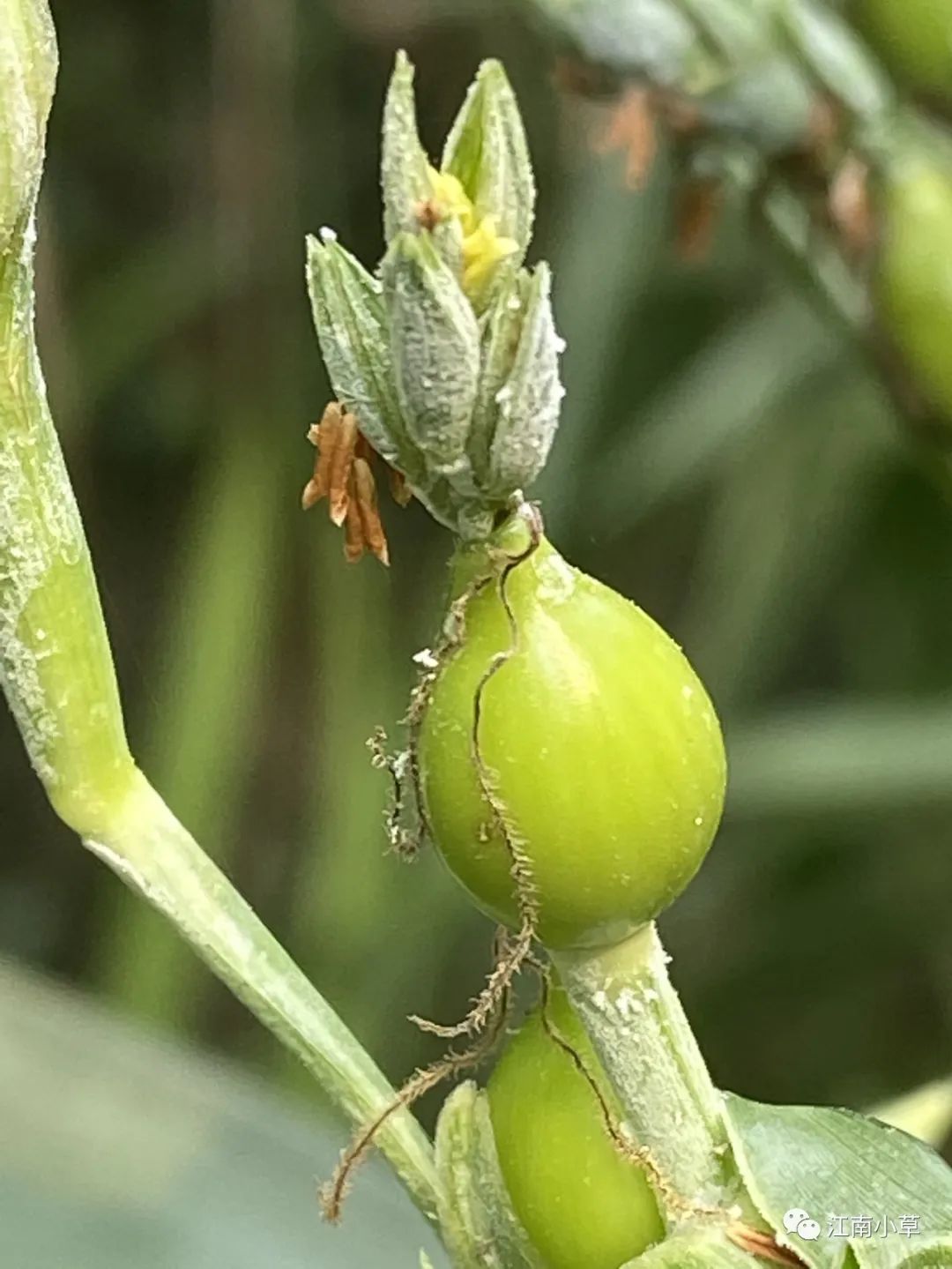 2023-8-18 taken at Hangzhou Botanical Garden
2023-8-18 taken at Hangzhou Botanical Garden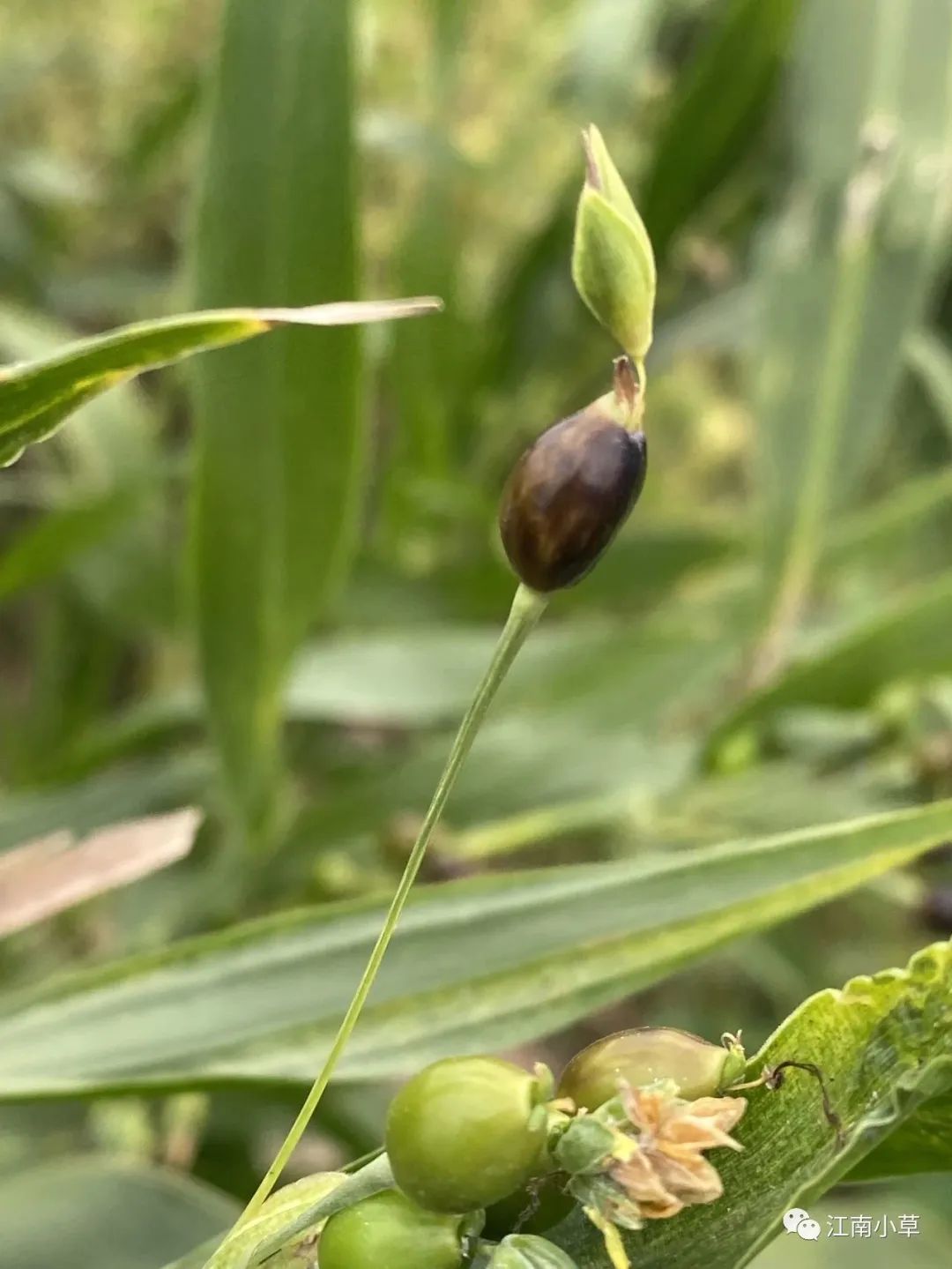
2023-10-6 taken in Cangnan, Zhejiang

2023-8-18 taken at Hangzhou Botanical Garden
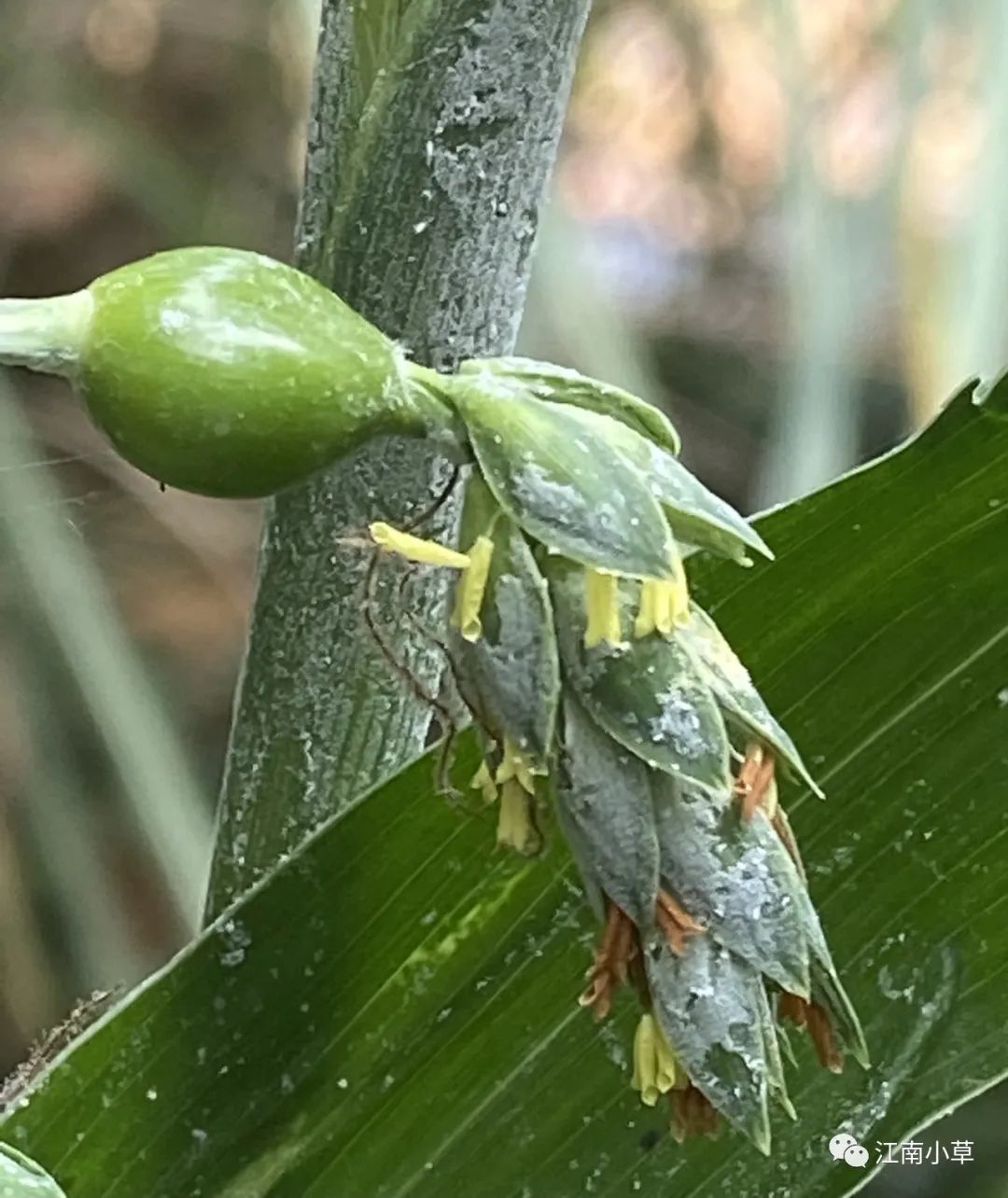
2023-8-18 taken at Hangzhou Botanical Garden
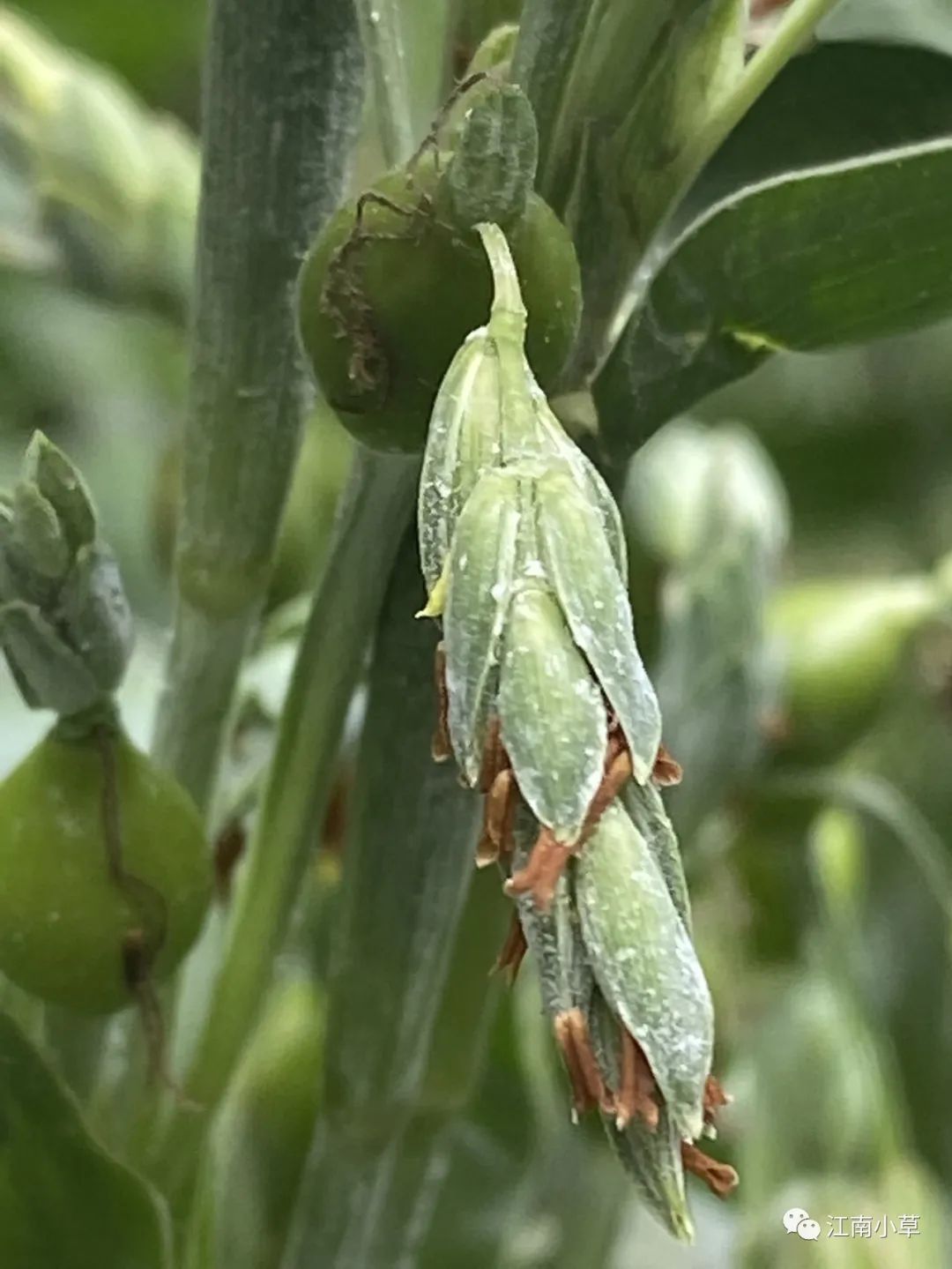 2023-8-18 taken at Hangzhou Botanical Garden
2023-8-18 taken at Hangzhou Botanical Garden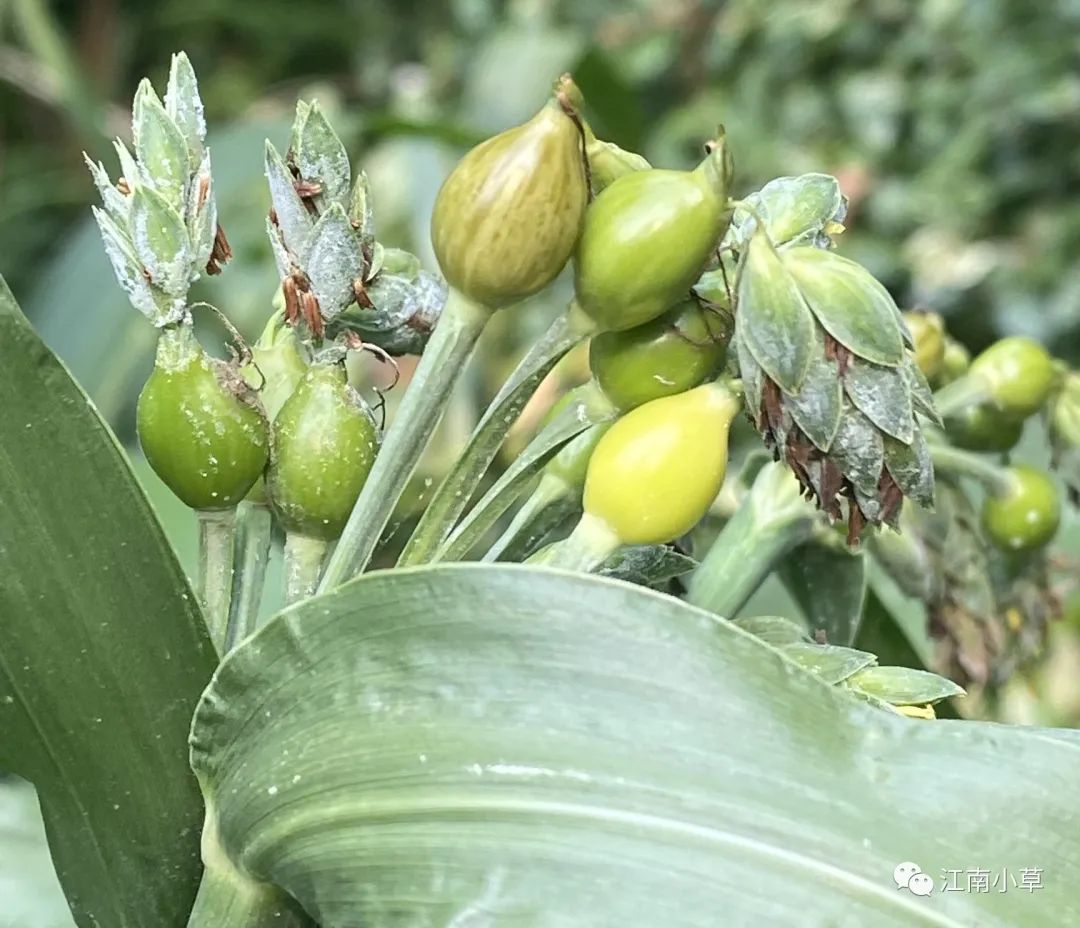
2023-8-18 taken at Hangzhou Botanical Garden
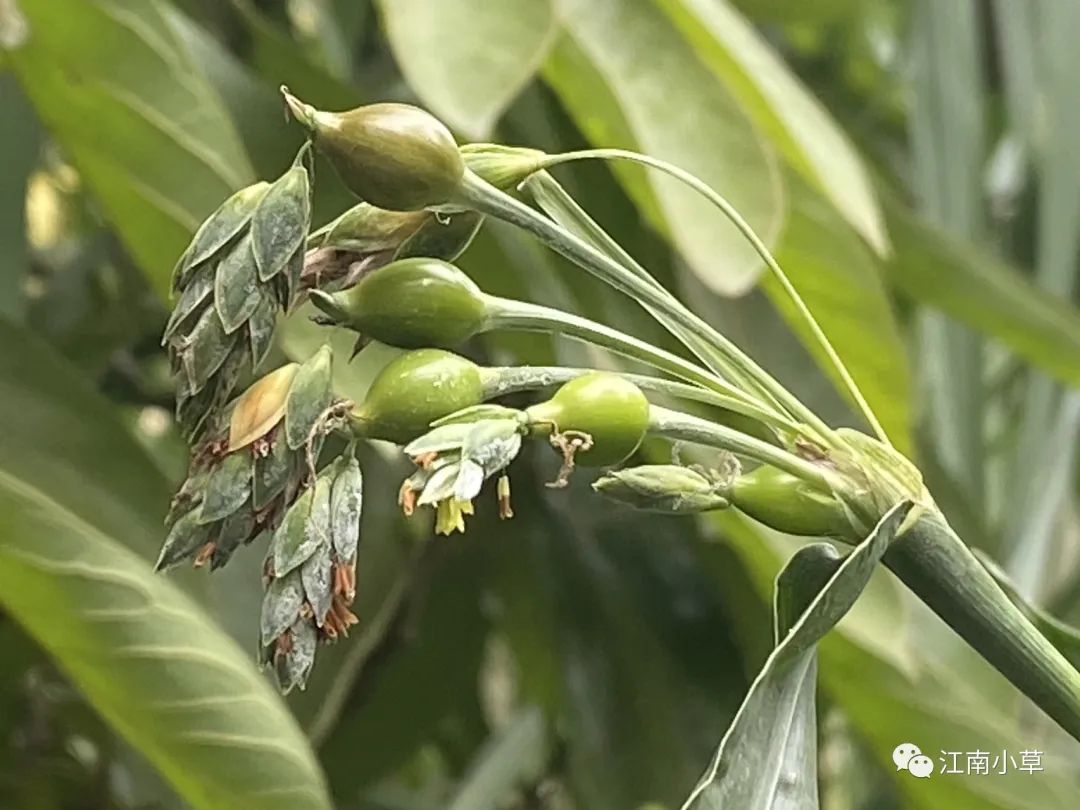
2023-8-18 taken at Hangzhou Botanical Garden
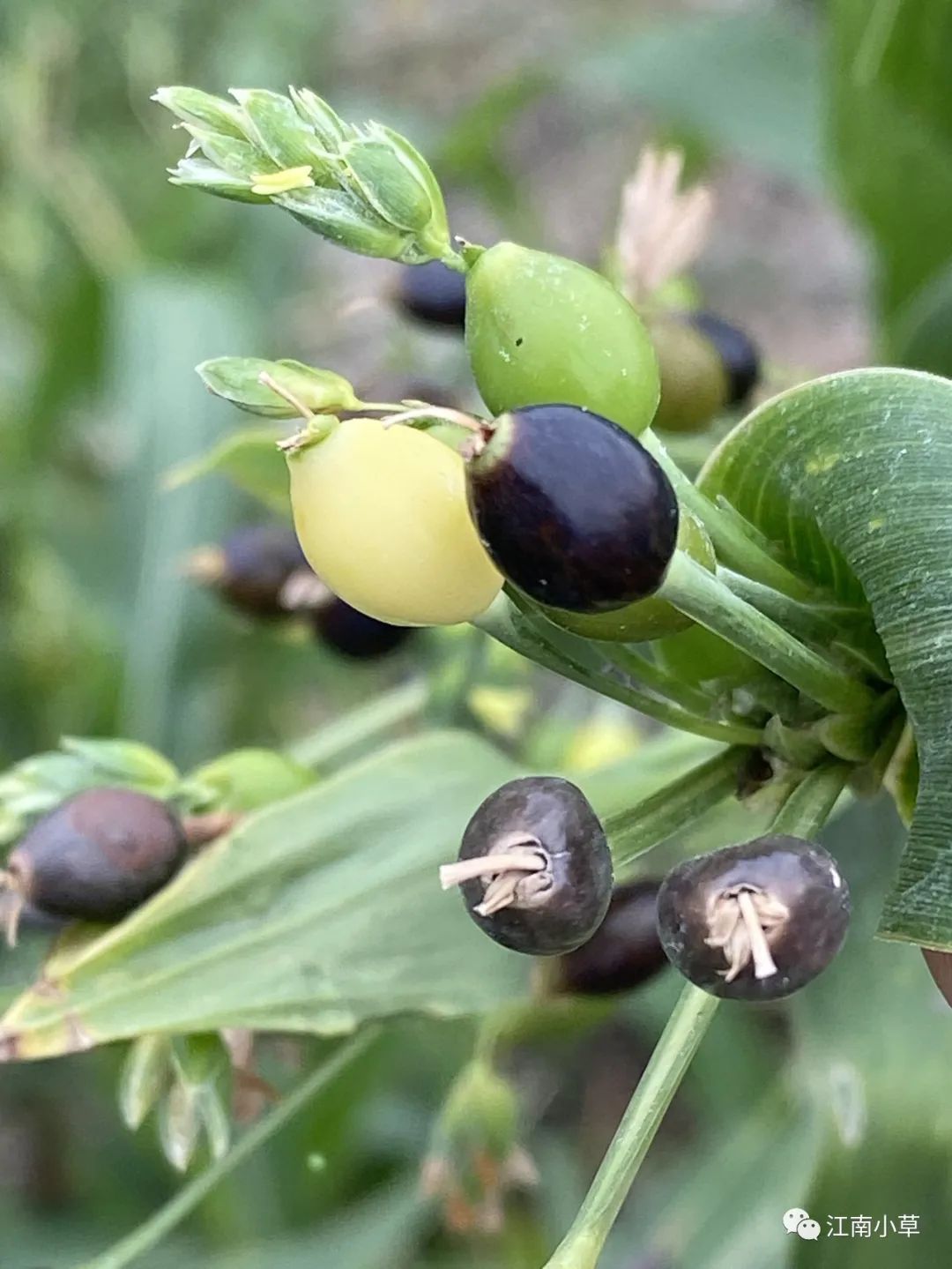
2023-10-6 taken in Cangnan, Zhejiang
Appendix: Coix Root
[Source] The dried roots of the plant Coix lacryma-jobi L. var. ma-yuen (Roman.) Stapf.
[Collection and Processing] Harvested in autumn, used fresh or dried.
[Taste and Meridian Entry] Sweet, bland, cool.
[Functions and Indications] Clears heat, promotes diuresis, strengthens the spleen, reduces swelling, promotes urination, expels stones, and kills parasites. Indicated for jaundice, edema, dysuria, urinary stones, rheumatism, beriberi, amenorrhea, excessive leukorrhea, and ascariasis.
[Dosage] Dried product 10 to 20 g, fresh product 30 to 60 g. The Dai ethnic group uses the root to treat dysuria, urinary stones, and sexually transmitted diseases.
[Commonly Used Formulas]
(1) For jaundice and dysuria: Coix root 15 g to 100 g, wash, pound, and squeeze for juice, mix with half a cup of warm red wine, take twice daily. Or take 100 g of root, 50 g of Artemisia capillaris, and a little rock candy. Add water and decoct, take three times daily. (From the “Min Dong Ben Cao”).
(2) For blood dysuria: Coix root 6 g, Dandelion 3 g, Pig bristle grass 3 g, Willow root 3 g. Decoction, take with water and wine. (From the “Dian Nan Ben Cao”).
(3) For turbid dysuria, metrorrhagia, and leukorrhea: Coix root 15 g to 50 g. Decoction. (From the “Hunan Drug Record”).
(4) For abdominal pain due to ascaris: Coix root 500 g. Cut, boil with seven liters of water until three liters remain, take. (From the “Mei Shi Ji Yan Fang”).
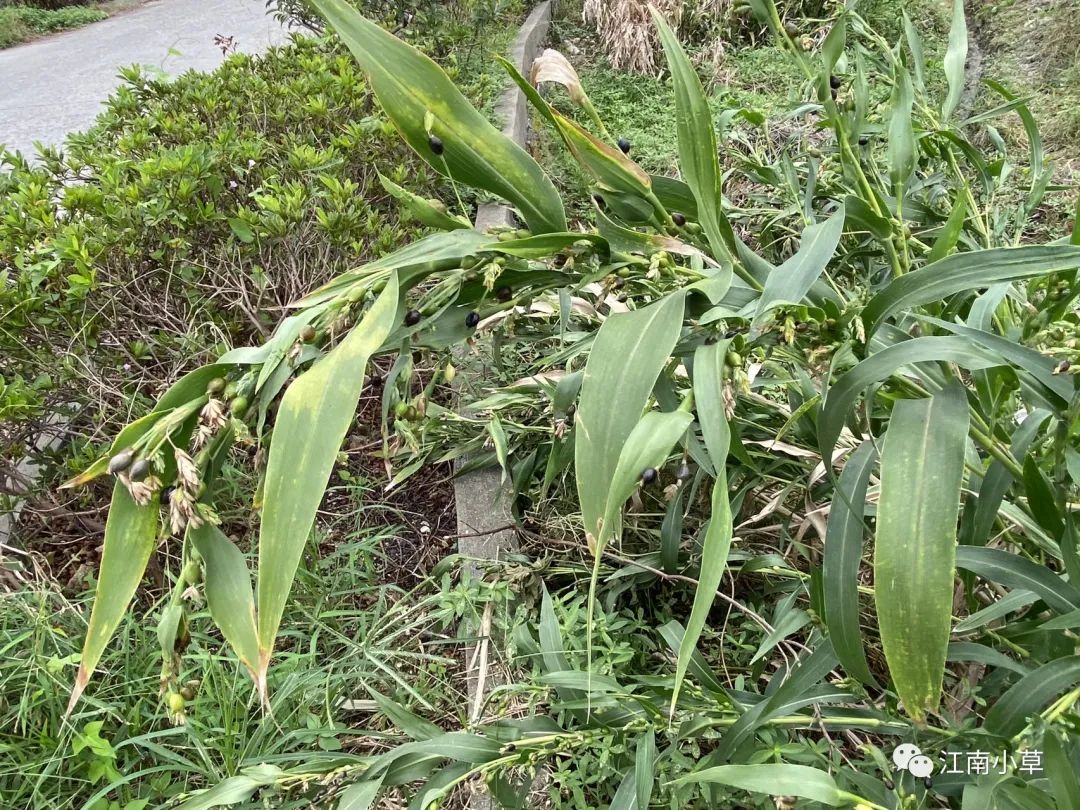
2023-10-6 taken in Cangnan, Zhejiang

2023-10-6 taken in Cangnan, Zhejiang
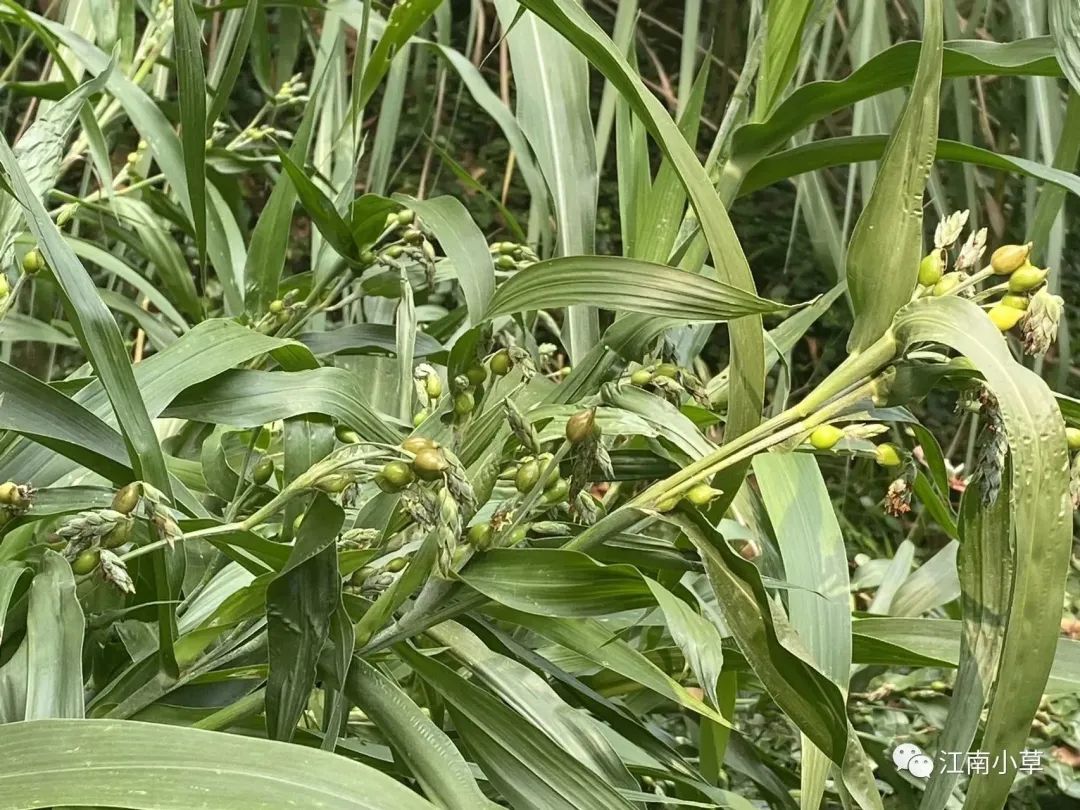
2023-8-18 taken at Hangzhou Botanical Garden
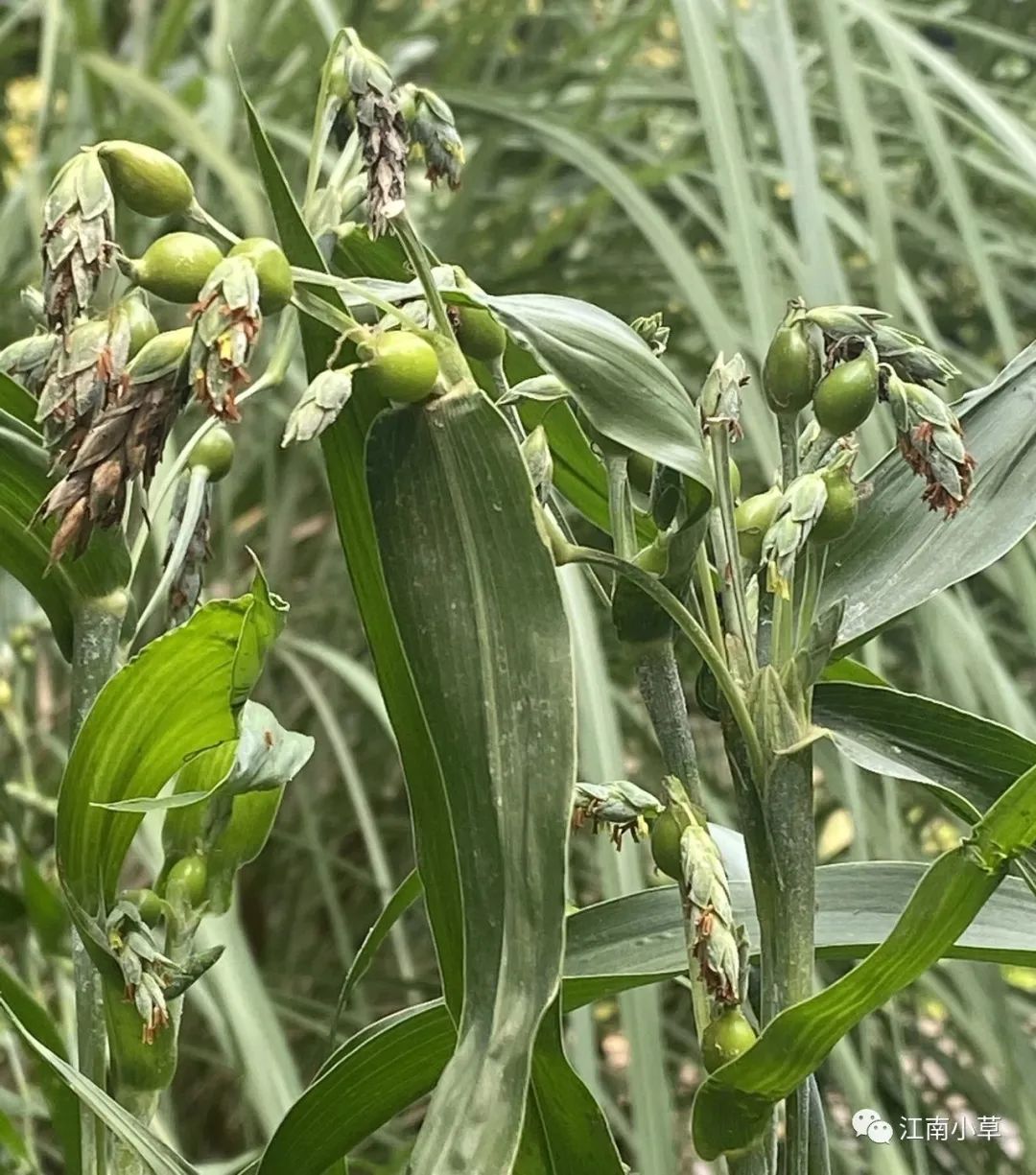
2023-8-18 taken at Hangzhou Botanical Garden
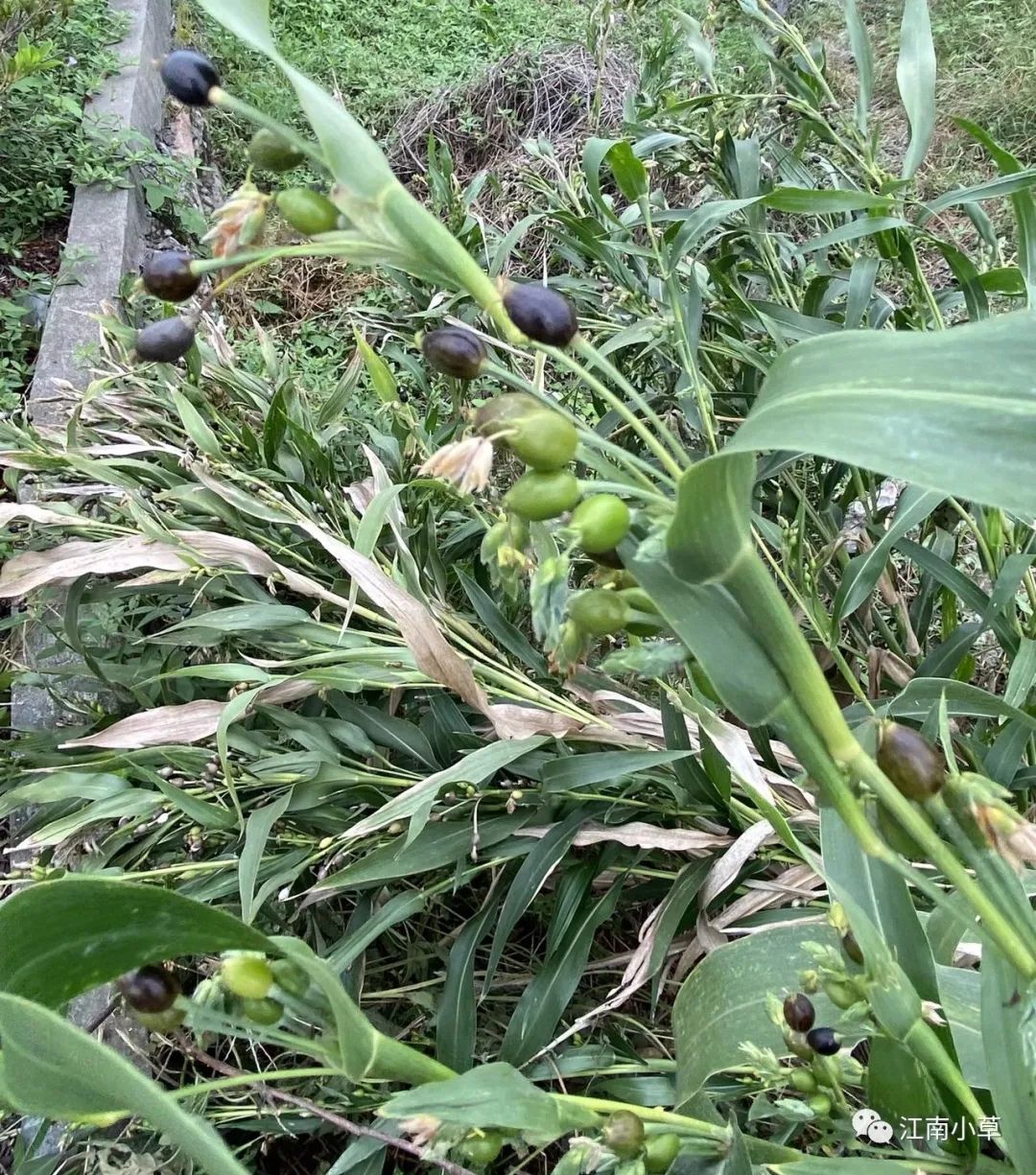
2023-10-6 taken in Cangnan, Zhejiang
Below is an excerpt from the “Symptom Atlas of Chinese Herbal Medicine” on Coix.
Coix: Also known as: Yi Mi, Yi Yi Ren, Yi Ren, Chuan Gu, Yi Mi.
[Harvesting Period] At the end of autumn when the seeds are mature, cut the above-ground parts and thresh the seeds. Dry for use.
[Medicinal Parts] Roots, seeds.
[Taste and Meridian Entry] Coix Seed: Sweet, bland, cool. Enters the spleen, stomach, lung, and kidney meridians. Root: Bitter, sweet, slightly cold. Enters the spleen and bladder meridians.
[Functions] Coix Seed: Strengthens the spleen, supplements the lung, promotes diuresis, clears the lung, expels pus, and suppresses cough. Coix Root: Clears heat, promotes diuresis, relieves pain, reduces fever, and kills parasites.
[Uses] Coix Seed: Short and red urination, edema, beriberi, damp stagnation in the meridians, wind-damp pain, sciatica, prevents striated muscle contraction, cervical cancer, lung abscess, intestinal abscess, spleen deficiency with dampness causing diarrhea, gastric cancer, cancerous ascites, lowers blood sugar, high blood lipids, lowers blood pressure, infectious molluscum contagiosum, turbid dysuria, and leukorrhea. Coix Root: Cough due to lung abscess, hepatitis, urinary stones, urinary tract infections, ascariasis, epilepsy, jaundice, edema, women’s leukorrhea, and abdominal pain due to parasites.
[Dosage and Administration] Coix Seed 11.3 to 37.5 g, Coix Root 37.5 to 75 g, decoct in water.
[Cautions] Caution for pregnant women. Avoid use for those with spleen deficiency without dampness and dry constipation.
[Common Formulas]
1. For thyroid enlargement: Coix Seed 56.3 g, Shimuzi 30 g (slightly roasted), Kelp 18.8 g, White mustard seed 9.4 g, Tofu 2 pieces (can also be stewed with lean pork). Method: Use a filter bag to decoct the white mustard seed, add 6 bowls of water and stew until soft, take in 3 doses.
2. For night blindness: Coix Seed 37.5 g, Chicken liver 2 pairs (or stewed pork liver 75 g). Method: Use the second wash of rice water (3 bowls), add chicken liver and stew until cooked. Take in 2 doses, drink soup and eat liver.
3. For limb soreness and paralysis (cramps): Coix 37.5 g, Papaya root 30 g, Eel 1 piece. Method: Use 2 bowls of water and 2 bowls of wine, stew the eel, take once in the morning and evening for 5 days.
4. For excessive leukorrhea in women: Coix Root 30 g, Jujube 15 pieces. Method: Decoct in 3 bowls of water to 1 bowl, strain with 2.5 bowls of water, decoct for 8 minutes, take once before breakfast and dinner.
5. For lung abscess with hemoptysis: Coix Seed 37.5 g (crushed), Houttuynia cordata 18.8 g (added later), Platycladus orientalis leaves 7.5 g, Trichosanthes kirilowii root 7.5 g. Method: Decoct in 3 bowls of water to 1 bowl, strain with 2.5 bowls of water, take once in the morning and evening.
6. For kidney cancer and bladder cancer dietary therapy: Raw Coix Seed 30 g, Red bean 18.8 g. Method: Cook into porridge for consumption.
7. For cough due to lung heat, lung abscess: Coix Seed 30 g, Honeysuckle flower 18.8 g, Reed root 30 g, Winter melon seed 30 g, Platycodon grandiflorum 11.3 g. Method: Decoct in 5 bowls of water to 2 bowls, take once after breakfast and dinner.
8. For kidney disease: Coix Seed 37.5 g, Water clove 18.8 g, Corn silk 18.8 g, Rock candy 18.8 g, Kidney grass 11.3 g, Diabetes grass 30 g. Method: Decoct in 6 bowls of water to 1 bowl, then decoct again in 5 bowls of water to 1 bowl, mix the two decoctions, take once before breakfast and dinner.
9. For initial lung abscess, fever, chest tightness, and phlegm: Coix Seed 18.8 g, Reed root 15 g, White water lily 11.3 g, Wild chrysanthemum 30 g, Houttuynia cordata (Jie Cai) 30 g (added later for 5 minutes). Method: Decoct in 6 bowls of water to 3 bowls, take in 3 doses.
10. For weakness of tendons in the lower limbs: Coix Seed 15 g, One root 18.8 g, Five-leaf ginseng 15 g, Red bone grass 11.3 g, Wulingxian 11.3 g. Method: Decoct twice, take once in the morning and evening.
11. For erysipelas in the lower limbs: a. Coix Seed 15 g, Viola yedoensis 15 g, Red bone grass (Earth Cow Knee) 11.3 g, Honeysuckle flower 7.5 g, Big blue leaf 18.8 g, Big leaf eucalyptus leaf 11.3 g, Leaf under red 15 g. Method: Decoct in 5 bowls of water to 2 bowls, take once in the morning and evening.
b. Coix Seed 56.3 g, Yam 56.3 g, Persimmon frost cake 26.3 g. Method: First, crush Coix Seed and Yam into coarse powder, add water to boil until soft, then add the persimmon frost cake, cut into pieces, and mix until dissolved. Consume as desired.
12. For acne: Coix Seed 37.5 g, Summer without trace (also known as Tian Kui grass) 18.8 g. Method: Use the second wash of rice water to decoct, take in 2 to 3 doses, and apply the decoction to the affected area, once every other day.
[Components] (1) Coix Seed contains coix seed oil, coix ester, sterols, amino acids, and vitamin B₁, among which coix ester has an inhibitory effect on ascitic cancer cells, while coix seed oil can reduce muscle contraction. (2) Coix Root contains coix polysaccharide, which has an inhibitory effect on striated muscle and has analgesic and sedative effects on mice and rats. (3) The stems and leaves of Coix contain alkaloids and are not suitable for medicinal use.
[Pharmacology] (1) Coix Seed is not easy to cook thoroughly, so it needs to be simmered for a long time. Tumor patients can combine it with other medicines. (2) Coix Seed can strengthen the spleen, promote diuresis, and clear the lung to expel pus. Its nature is slightly cold and does not harm the stomach, benefits the spleen without being greasy, and its medicinal properties are mild, making it a medicine for clearing and supplementing while promoting diuresis. Raw coix can clear heat and promote diuresis, while roasted coix has the effect of strengthening the spleen and stopping diarrhea.

